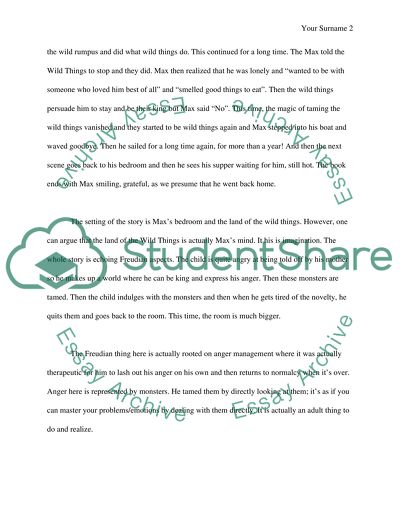Cite this document
(“Where the Wild Things Are Essay Example | Topics and Well Written Essays - 1000 words”, n.d.)
Retrieved from https://studentshare.org/education/1454236-project
Retrieved from https://studentshare.org/education/1454236-project
(Where the Wild Things Are Essay Example | Topics and Well Written Essays - 1000 Words)
https://studentshare.org/education/1454236-project.
https://studentshare.org/education/1454236-project.
“Where the Wild Things Are Essay Example | Topics and Well Written Essays - 1000 Words”, n.d. https://studentshare.org/education/1454236-project.


